So you’ve caught the bug, huh?! You (along with millions of others… like myself!) just have to get a drone! Good news – we’ve put together a beginner’s drone buying guide here to take the confusion out of the whole process and get you to flying fast!
We understand your excitement. Drones are SO much fun, and incredibly useful on so many levels. Not to mention that public exposure to drones has risen to unprecedented levels in the last few years.. In many fields, including photography, videography, surveying, and search and rescue operations, to mention a few, they have changed the game.
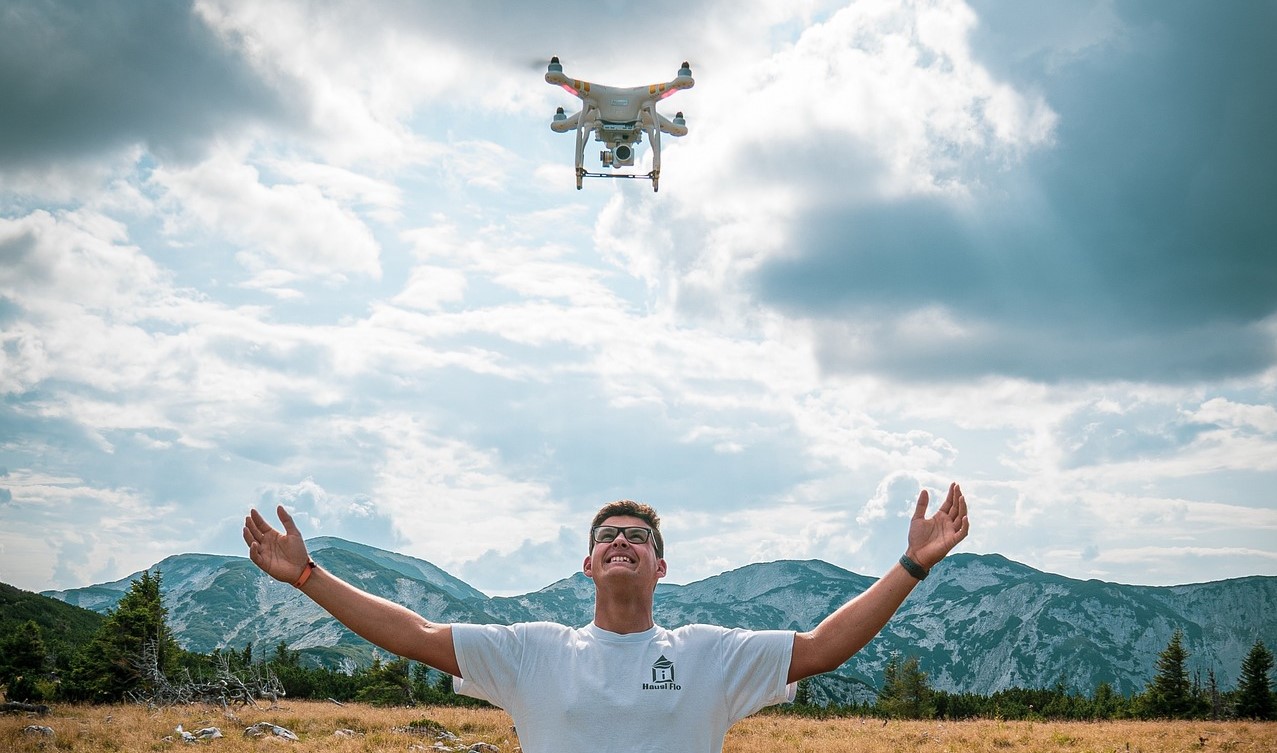
In case you haven’t kept your head to the sky recently, drones are “Unmanned Aerial Vehicles” (UAVs). They are controlled remotely by an Earth-bound “pilot”, or automatically via programmed code & instructions put in beforehand.
Owning a drone can be a fascinating experience… they are SO MUCH FUN. But if you’re just starting out, there’s a big hurdle to get over first – the fact that there are so many alternatives available. It can be difficult to pick one when you’re surrounded by hundreds of models & lots of drone jargon that you may not understand. What can a super-fly-ready future pilot do??
By offering useful details on what drones are, the advantages of having one, and explanations of the common drone terms, this Beginner’s Drone Buying Guide will make your buying process a lot easier by providing you with everything you need to know before taking flight.
You’ll have the confidence you need to explore the world of drones as an informed consumer, whether your goal is to shoot stunning aerial images… reach new heights… or just have good, plain fun.
So enough taxiing… let’s take off!
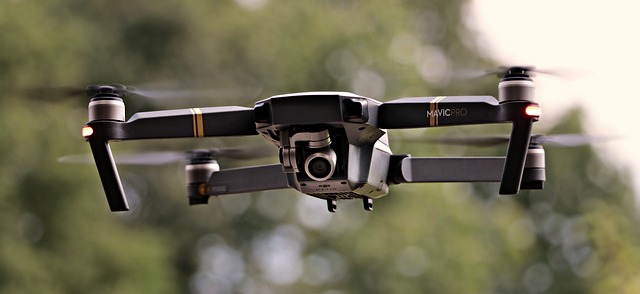
Drones are available in a broad range of models, features, and functionalities. Making an informed purchase decision requires having a thorough understanding of the many types of drones on the market. The three basic categories of drones—toy, camera, and racing—as well as their features and restrictions will be discussed in this section.
Toy drones, commonly referred to as “micro drones,” are the cheapest and smallest drones on the market. They are made for children or beginners who want to gain drone-flying experience on a budget. One-key takeoff and landing, altitude hold, and 360-degree flips are just a few of the core components that many toy drones provide. They are very simple to fly and control.
Features:
Limitations:
Camera drones, as the name suggests, are drones designed for capturing aerial photos and videos. They come with high-quality cameras that can capture stunning footage from a unique perspective. A great example of one that doesn’t break the bank is THIS DJI MINI DRONE that has really crushed it in the drone market the last couple years.
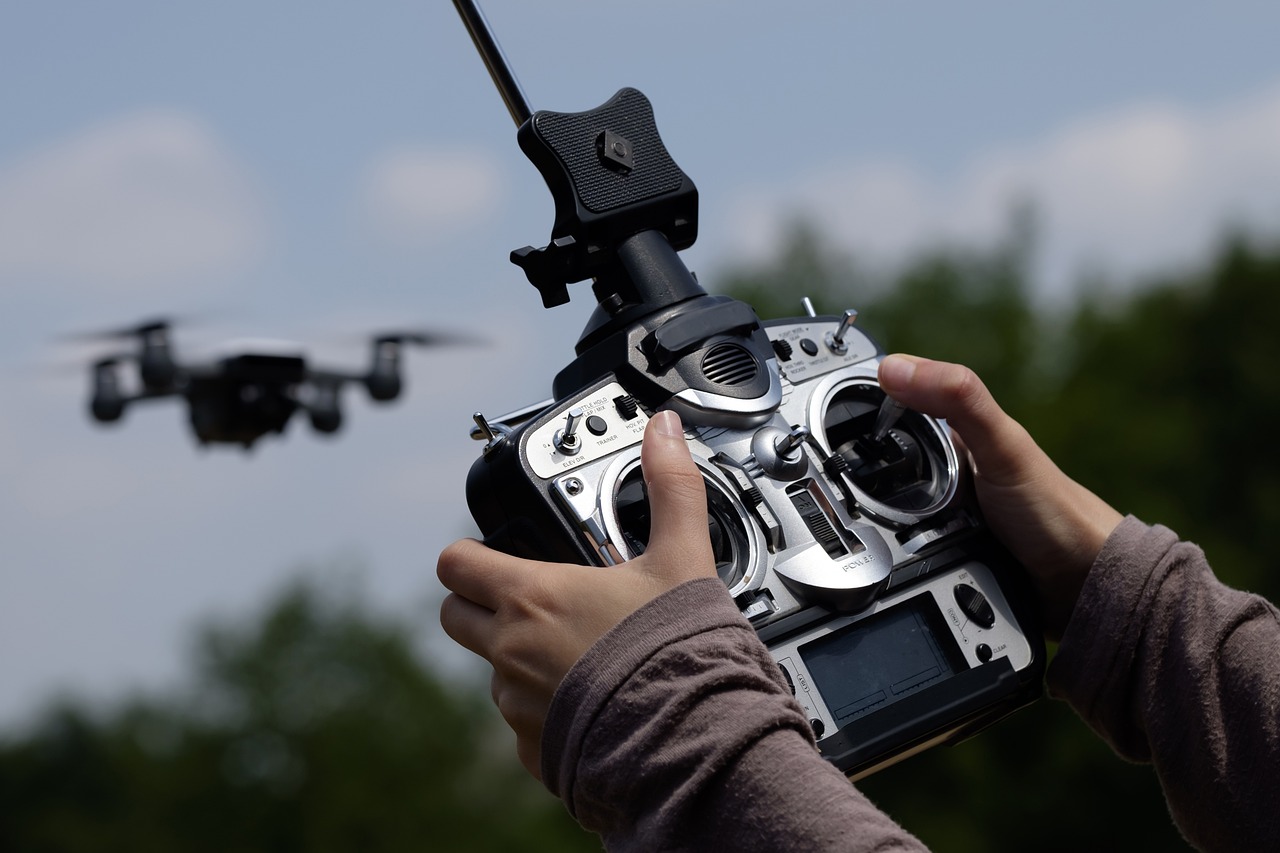
Camera drones are ideal for professional photographers, videographers, or anyone who wants to take their photography skills to the next level. They come with advanced features such as GPS, obstacle avoidance, and gimbal stabilization, making them easy to control and capture steady footage.
Features:
Limitations:
Racing drones, popularly referred to as FPV (First Person View) drones, are built for quick movements. They frequently arrive in a kit that needs to be assembled and are designed for racing and freestyle flight. Racing drones are equipped with first-person view goggles that let the pilot watch the drone from inside of it. For thrill-seekers who want to feel the adrenaline of flying quickly, this kind of drone is perfect.
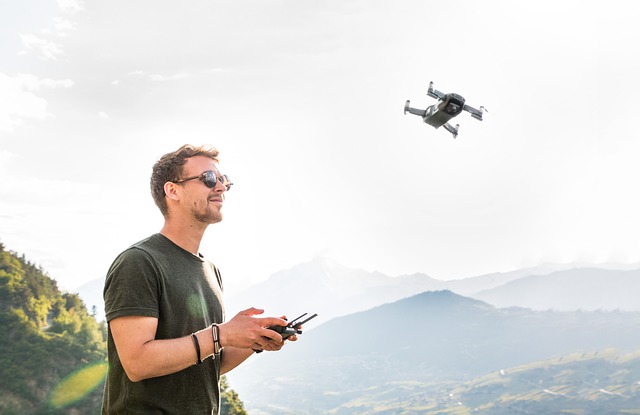
Features:
Limitations:
Drones are intricate devices with numerous parts that work together to give the user a smooth flying experience. Making an informed purchase selection requires a thorough understanding of the various drone parts. We’ll examine seven essential drone parts in this article, including the frame, motors, propellers, flight controller, battery, remote controller, and camera.

A drone’s frame serves as the skeleton and provides the support for holding all of the other parts together. Aluminum, carbon fibre, and plastic are just a few of the materials used to make frames. Depending on the kind of drone, they are also available in various sizes and shapes. When purchasing a drone, the frame is a key factor to take into account because it affects the drone’s stability, weight, and durability.
The lift and power produced by the propellers are what enable the drone to take off and fly. They are paired and spin in different directions to provide balance and stability. The drone’s speed and manoeuvrability are influenced by the size, shape, and pitch angle of its propellers.
The propellers are spun by motors, which produce the lift and push needed for the drone to fly. A drone’s design will determine how many motors it has, with four being the norm. The size and power output of the motors determine the drone’s payload capacity, speed, and agility.
The drone’s brain, or flight controller, is in charge of processing sensor data, determining the orientation of the drone, and regulating the motor speed to maintain stability and control. The flight controller is an important part that affects the drone’s stability, responsiveness, and ability to navigate.
The drone’s battery supplies energy to all of its moving parts, such as the flight controller, camera, and motors. The drone’s flight time is influenced by the battery’s size and voltage, with larger and higher-voltage batteries offering longer flight lengths.
The drone is controlled by the pilot using a remote controller. It communicates with the drone’s flight controller to change the drone’s altitude, speed, and direction. Remote controls can have built-in screens, joysticks, and buttons that can be customised, among other features and designs.
Some drones include a camera as an optional accessory. It enables the pilot to take aerial pictures and videos from a distinctive vantage point. High-end cameras, gimbals, and other capabilities like zoom, focus, and exposure control are all standard on camera drones.
There are a number of things to think about before purchasing a drone, whether you’re a novice or an experienced professional. We’ll look at some of the important things to consider before buying something in this section.
Your purpose should be taken into account initially while purchasing a drone. What do you intend to do with the drone? You’ll need a drone with a good camera if you’re interested in aerial photography or cinematography. You might not require a top-of-the-line camera if you’re a hobbyist searching for a drone to fly around your backyard.
It’s critical to decide how much you’re willing to spend because drones fluctuate in price. Remember that more expensive drones frequently have greater features and specifications, such as longer flight times and better cameras.

A drone’s flight time is the period of time it can remain in the air on a single battery charge. Look at an example with a longer flying time if you intend to use your drone for prolonged periods of time. While some drones can fly for up to 30 minutes at a time, others may only do so for 10 minutes.
A drone’s range is the distance it can travel away from its controller before losing contact. Consider a model with a greater range if you intend to use your drone for long flights. Remember that some drones are limited in how far they can travel by law.
If you plan to use your drone for aerial photography or videography, the camera quality is a crucial factor to consider. Look for a drone with a high-resolution camera and features such as image stabilization and adjustable camera angles.
If you plan to travel with your drone, portability is an essential factor to consider. Look for a model that is lightweight and easy to pack in a backpack or carry-on bag.
Drones can be fragile, so it’s crucial to consider durability when making a purchase. Look for a drone that is made of high-quality materials and has features such as obstacle avoidance and emergency landing to prevent crashes and damage.
It’s no accident that drones have become ubiquitous around the world. Sure, these flying robots are entertaining – but they also can be employed effectively for a large number of very important business, military & safetys tasks, including surveying, mapping, aerial photography and videography. It’s not just their adaptability that makes them so enticing; it’s also the availability of many cutting-edge features that, yes, tend to up the price, but are crucial to certain professions if they want to stay on the cutting-edge of tech & impressiveness. Let’s examine some of these features and why, to some, they’re so necessary…
GPS navigation is one of the most commonly seen functions on modern drones. This enables the drone to fly to a certain place and use GPS satellites to determine its location. For instance, you might configure the drone to fly a predetermined path while gathering data as it goes to examine a wide area. When compared to manually piloting the drone, this can save a lot of time and energy.
A live broadcast is yet another main feature of recent drones. This resembles a camera installed on the drone that streams live video to a remote controller or smartphone app. This can be immensely helpful for a number of purposes, from inspecting difficult-to-reach regions to taking breathtaking aerial photographs. The drone’s operator can see exactly what the drone is seeing with a live feed and make any necessary modifications.
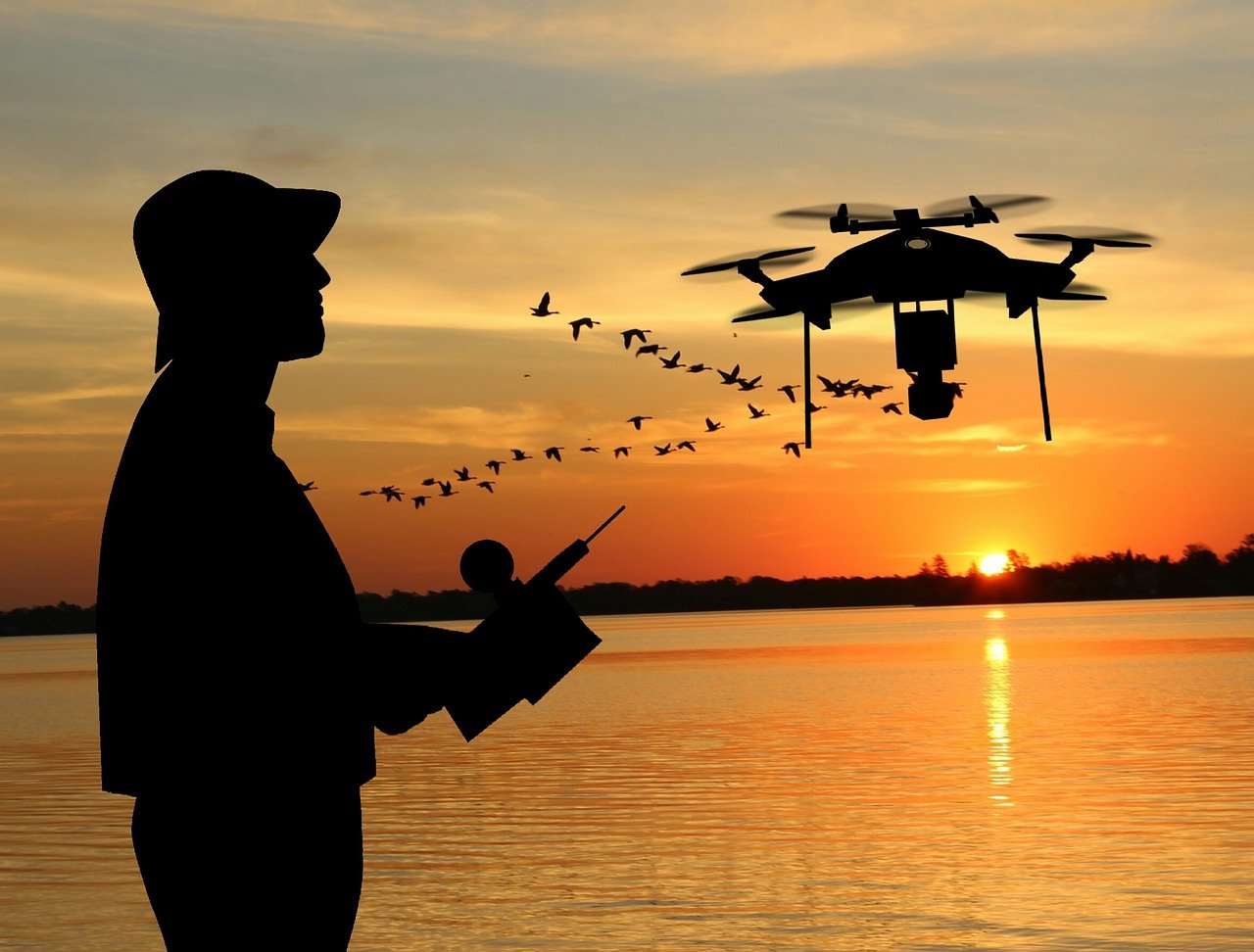
The GPS home function is a safety feature that can be a lifesaver in certain situations. If the drone loses connection with the remote controller or the pilot loses sight of it, the GPS home function allows the drone to return to its starting point automatically. This is particularly useful if the drone is running low on battery or is in danger of flying out of range.
Obstacle avoidance is another safety feature that can help prevent accidents and crashes. It uses sensors (usually cameras or ultrasonic sensors) to detect obstacles in the drone’s flight path and avoid them. This can be particularly useful in complex environments or when flying in tight spaces.
Headless mode is a feature that can make it easier for beginners to fly a drone. Essentially, it means that the controls are relative to the pilot’s position, rather than the drone’s orientation. This can be helpful for those who are having trouble keeping track of which direction the drone is facing.
3-axis gimbal is a device that allows the camera to rotate on multiple axes (usually three). This can help keep the camera stable and level even if the drone is moving or shaking. This is particularly useful when capturing aerial footage, as it can result in smoother, more professional-looking footage.
Gimbal stabilization is the technology that helps keep the camera steady and level, even if the drone is moving or experiencing turbulence. This is typically achieved using motors or other mechanisms that counteract the drone’s movements and keep the camera steady. The result is smoother, more stable footage that is less likely to make viewers feel dizzy or nauseous.
There are always further elevated drone features being added all the time, for increased strength, versatility, longevity, efficiency, automation, & precision. From obstacle avoidance and gimbal stabilisation to GPS navigation and live broadcasts, many of them can help make your drone flights safer, longer, faster, easier or more impressive. So when looking for your new drone, keep these functions in mind, and invest in a drone that will give you what you want or need. You can always leave the Advanced Features for when you’re such a pro people are paying you to fly!
Alright, so let’s get to some recommendations! If you’re a beginner in the field of drones, we know it can be overwhelming choosing one, given the many features, specs, and types we’ve discussed. To make it easier for you, here are some top beginner drones that offer the perfect balance of ease of use, affordability, and quality:
The DJI Mini 2 is a fantastic entry-level drone that provides the ideal balance of portability, performance, and cost. It can fit in your pocket and is exempt from several laws because it weighs less than 250 grammes. The DJI Mini 2 is the perfect tool for aerial photography and cinematography because to its 12MP camera, which can record 4K films at 30 frames per second.
It is among the top drones in terms of battery life with a maximum flight time of 31 minutes. With its many safety features, like as GPS and obstacle avoidance, the DJI Mini 2 is simple for beginners to fly.
For more info, & to get it fast, CLICK HERE!
For those on a limited budget, the Potensic T18 is a very inexpensive, simple-to-operate beginner drone. It is perfect for teens or pre-teens who’ve caught the drone bug and want to get flyin’ fast!
They’ll be able to snag impressive aerial photography and filming because of its 1080p camera, taking high-quality pictures or video. It’s got a maximum flight time of 10 minutes, which is quite unbelievable for a drone under $50!
DEERC keeps it simple for our young ones too, with onboard altitude hold, headless mode, and even one-button takeoff and landing.
Safe & simple for beginners to fly, the lauded D20 is great way to see if your child will not only start to fly, but keep at it. Grab yours today & see all the specs on this amazingly affordable drone HERE.
The Holy Stone HS720 is a top-notch entry-level drone with remarkable performance and features at a reasonable cost. It is perfect for aerial photography and filming because it features a 2K camera that can take images and films of the highest quality. With a maximum flight length of 26 minutes, the Holy Stone HS720 is among the drones with the longest battery life. Beginners will find it simple to fly thanks to its many safety features, which include GPS, altitude hold, and a return-to-home option. Try it out today & see all its tricks & talents by clicking HERE!
It might be difficult to fly a drone, especially for amateurs. We’ll look at some guidelines for responsible and safe drone operation in this section.
As are the many YouTube videos that show flying tips on specific drones like the one you buy. Reviewing the instructions, reviews and tip vidz carefully before taking off is our best piece of advice for you. Try to operate a drone without knowing what you’re doing and you could see your cash investment be totalled & wrecked in an instant, or irretrievably lost! Cover & study the details of your drone’s functions of the drone & important safety precautions. Then and only then should you move on to trying out the remote controller & actually flying.
It’s advisable to practise in a secure place free from people, structures, and other hazards before flying your drone outside. A park or wide open space is a great area to start getting comfortable flying your drone. Make sure to practise fundamental manoeuvres like takeoff, landing, hovering, and altitude change.
Flying a drone comes with rules and regulations that you need to follow to ensure everyone’s safety. They’re broken down well on THIS FAA SITE so you don’t have any confusion on when & where you can fly.
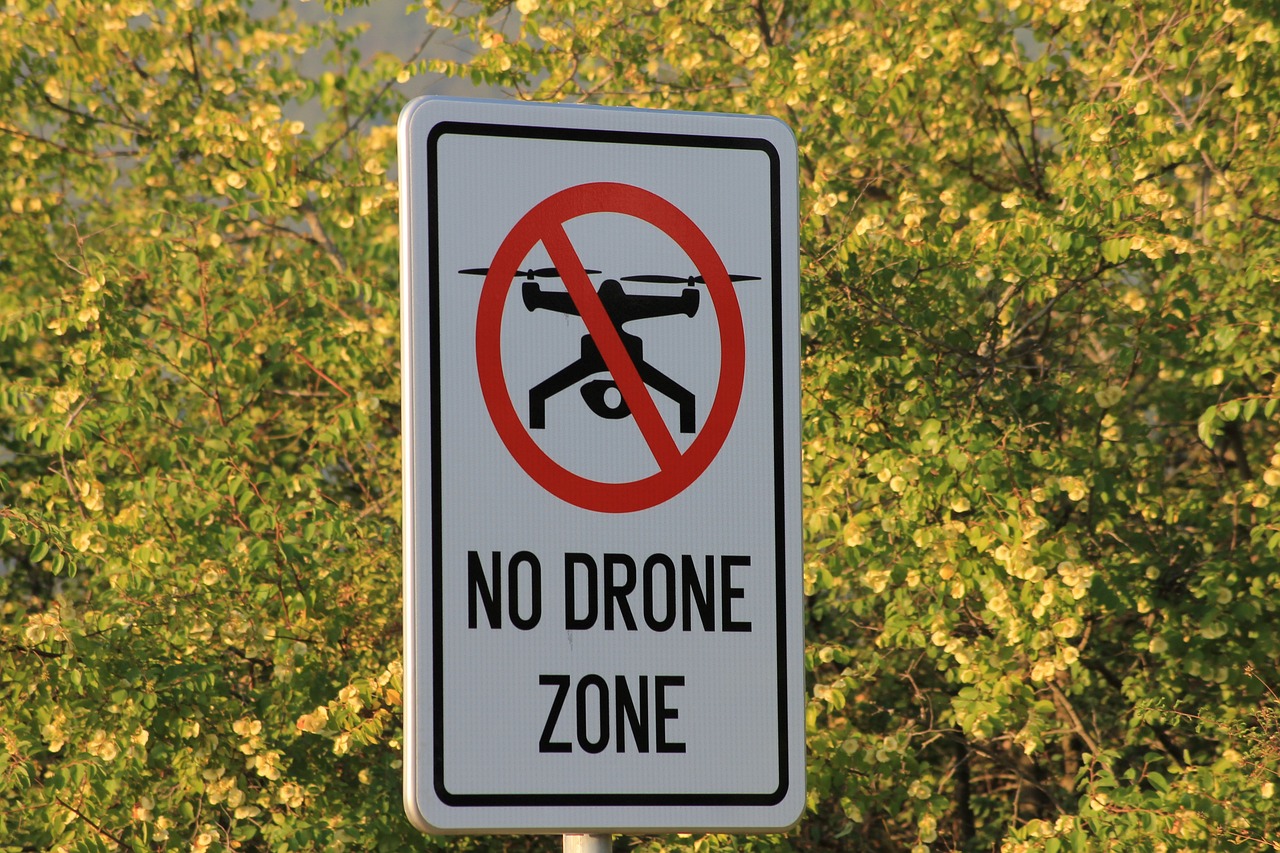
Make sure to research the laws in your area and abide by them. Some common rules include flying your drone below 400 feet, keeping it in your line of sight, and avoiding flying near airports, stadiums, or other restricted areas.
It’s essential to be conscious of your surroundings when operating a drone. Watch out for anything that can hinder the flying of your drone, such as trees, structures, and electrical lines. Additionally, it’s necessary to be aware of nearby people and animals and to keep your drone away from them as much as possible.
Furthermore, in order for your drone to function properly and endure a long time, it must be properly maintained. This entails frequently inspecting for damage, cleaning the drone and its parts, and making sure the battery is charged properly.
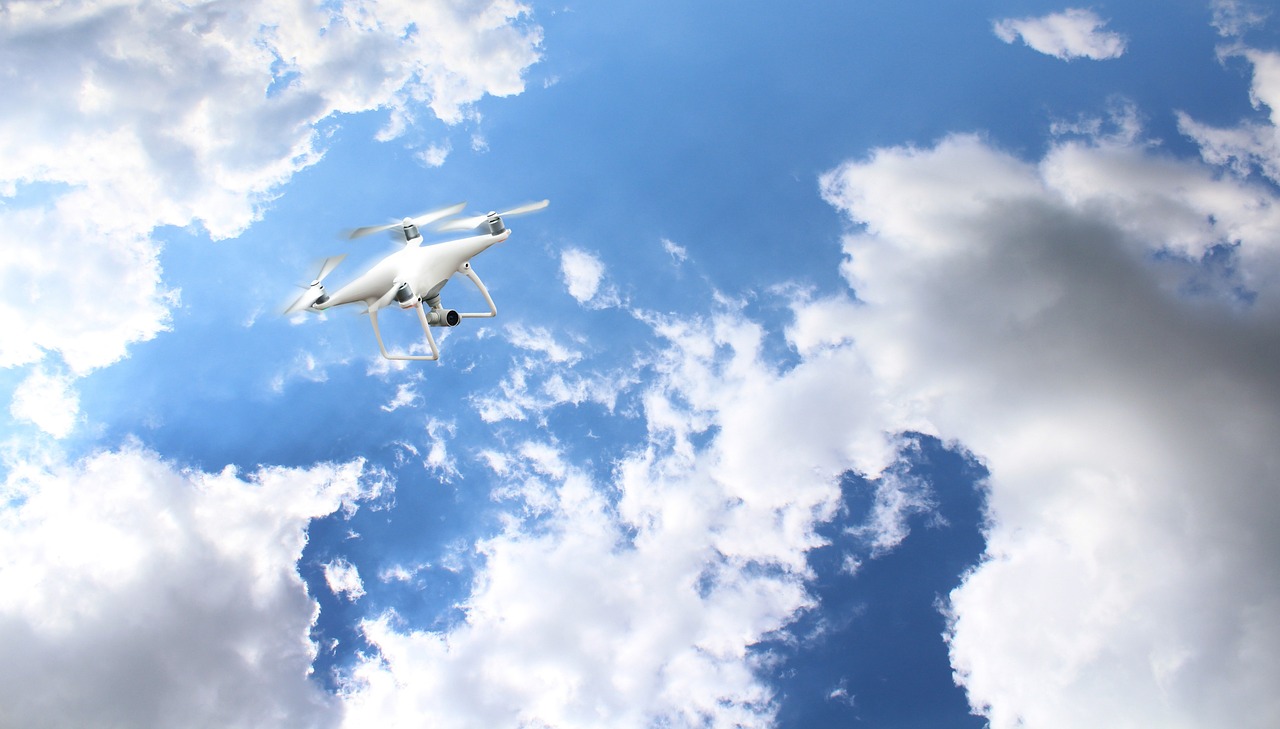
Purchasing a drone is so exciting… and rewarding in the long run too. But it’s important to do your homework and consider the variables before jumping in too hastily.
We hope that this Beginner’s Drone Buying Guide has given you all the food for thought that it takes to make an informed, confident decision on which magic flyer to buy. From the different kinds of drones, their parts, buying options, levels & safety… we trust the flying advice in this guide has you more than ready to take the plunge upwards!
Don’t forget, whether you’re a novice or seasoned drone pilot, it’s critical to abide by the laws, look after your drone, and pay attention to your surroundings. If you take your time, practise in a secure location, and most importantly, enjoy yourself, you’ll have years of footage, fun & fast flyin’ to enjoy & share with all the world… including us!
So whaddya waitin’ for? Choose your model & take to the skies. You’ll discover the world, and yourself, from a whole new vantage point.
See ya in the skies!!!
TJ Schlenker
CEO, Outdoor Hobby Hub